Getting Rid of Credit Card Debt: Successful Strategies
There are various strategies to help you manage your debt if you have a credit card balance. While paying your bills on time and over the minimum are crucial first steps, you also need to have a well-thought-out plan in place for paying off your debt.
Successful strategies include communicating with creditors, paying off credit cards one at a time, and looking into debt reduction programs.
1. Establish a monthly budget.
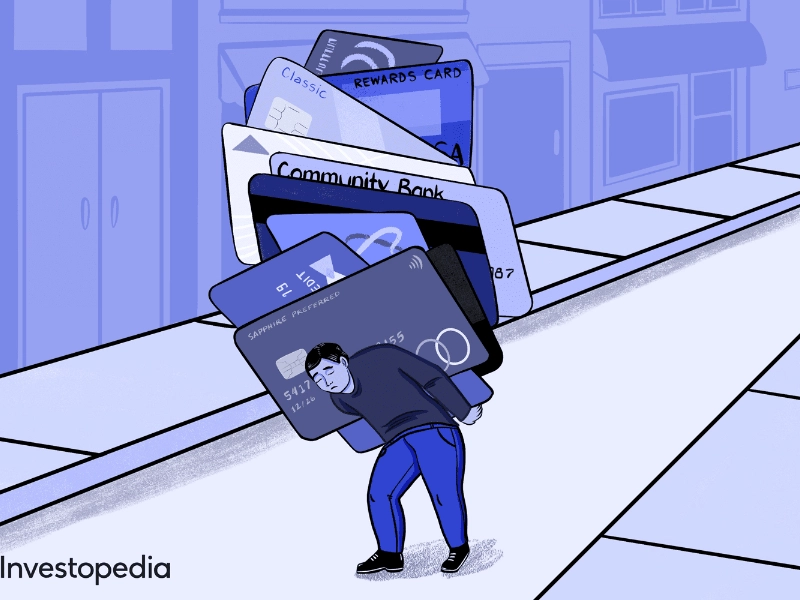
Making a budget is one of the finest strategies to get rid of credit card debt. Gather all of your bank, credit card, investment, and bill statements first. This can assist you in developing a high-level financial map that illustrates your monthly spending as well as areas where you may cut costs, such as brewing coffee at home rather than getting it from a restaurant.
To help reduce your interest rates and streamline your payments into a single, reasonable monthly sum, you may also think about combining your debt with a personal loan. It's critical to refrain from making any further purchases that could put you in debt again, no matter what action you take. Finding support and acknowledging accomplishments can also serve as powerful motivators to help you stay on course.
2. Clear one credit card at a time.
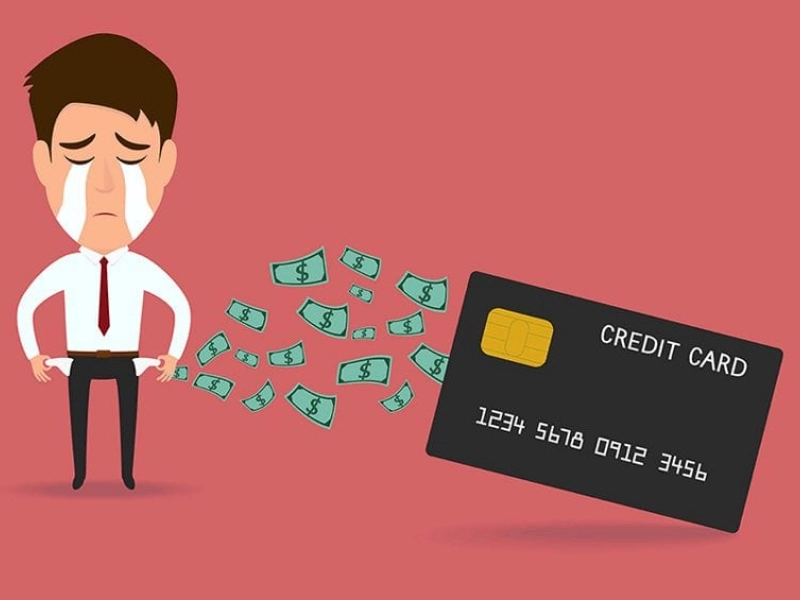
Financial stress might arise due to the rapid accumulation of credit card debt. In order to reduce the total amount of interest you will pay over time, it is crucial to pay off your credit cards as soon as possible. Debt repayment momentum can be increased by employing techniques like the debt snowball method, which entails paying off your lowest balance first and allocating any extra money toward it.
The debt avalanche approach is an additional tactic that ranks debt payments according to interest rates. This quickens the process of becoming debt-free and helps you save money on interest payments. It's crucial to refrain from using your credit cards for new purchases when you're trying to pay off old ones. This could call for some innovative problem-solving, like figuring out how to increase your revenue.
3. Engage in talks with your lenders.
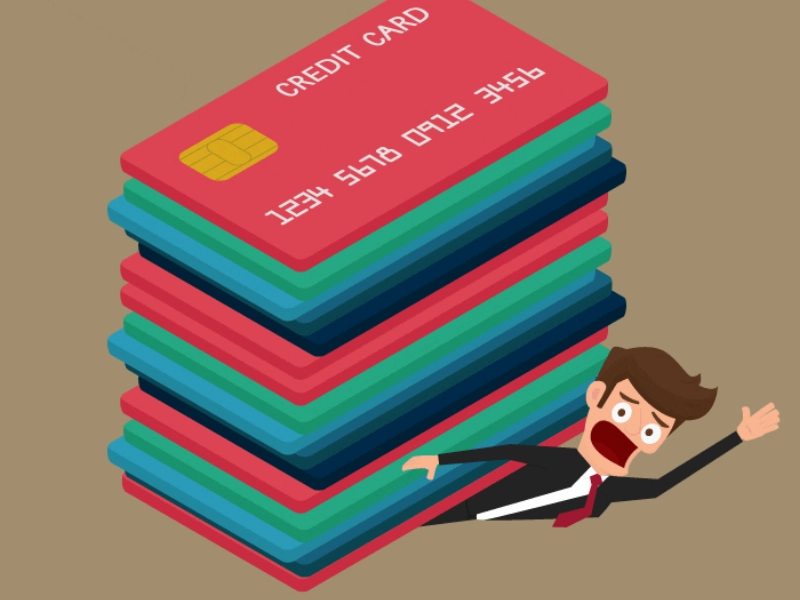
Finding the best debt relief choices for your circumstances might be aided by a trustworthy credit counselor. You can learn how to bargain with your creditors from them as well. This covers a range of strategies, including requesting a temporary forbearance, negotiating a lump-sum settlement, or asking for a lower minimum payment or interest rate.
One other choice is to work with a reputable debt settlement business. These businesses will bargain with your creditors to reduce the amount you presently owe them. It's crucial to remember that this does not totally eliminate your debt and does not stop you from accruing additional credit card debt down the road. At best, it is a short-term fix. It is crucial that you consider all of your options before making a decision because of this.
4. Consolidate all of your debt into a single, easy monthly payment.
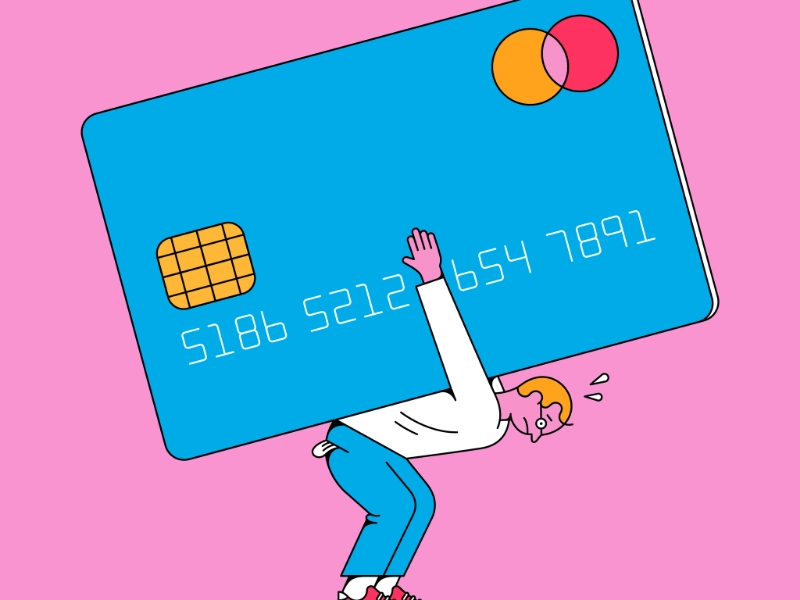
With dedication and a strategy, it is possible to pay off credit card debt. Paying down one credit card at a time, concentrating on the card with the lowest balance, and combining debt into a personal loan are some strategies that can help you manage your balances more effectively and set yourself up for a sound financial future.
By starting with the simplest bills to pay off, the snowball method provides you with incremental motivation. Combining your debt with a personal loan that has a reduced interest rate is an additional choice that may help you stay on track with your repayment obligations.
Consider working longer hours at work or taking up a side gig if you need the extra money to pay off debt. To raise money, you might also sell things you no longer need or take out a loan against your assets.
5. Give up using credit cards.
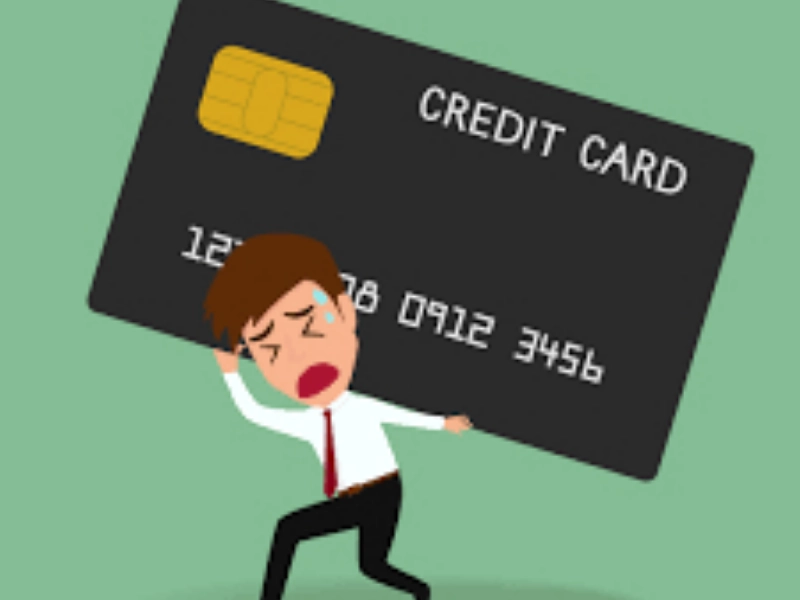
You can do a number of things to reduce the need to go for your credit cards. Avoiding needless debt can be achieved by making a budget that enables you to live within your means.
In order to pay off debt more quickly, you can also employ payment techniques like the avalanche or snowball approaches. The best course of action will depend on your unique circumstances, including the total amount and interest rate of your debt.
Putting your credit cards away for the time being is another way to entirely cease using them. You can learn to distinguish needs from wants and practice financial mindfulness by keeping them in a secure place, such as the back of your sock drawer or a filing cabinet. To make it more difficult to access your accounts, you might also consider literally freezing them until you have paid off all of your debt.
